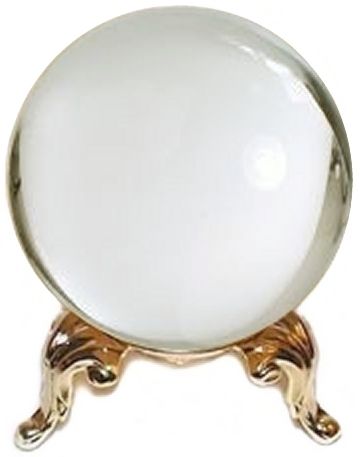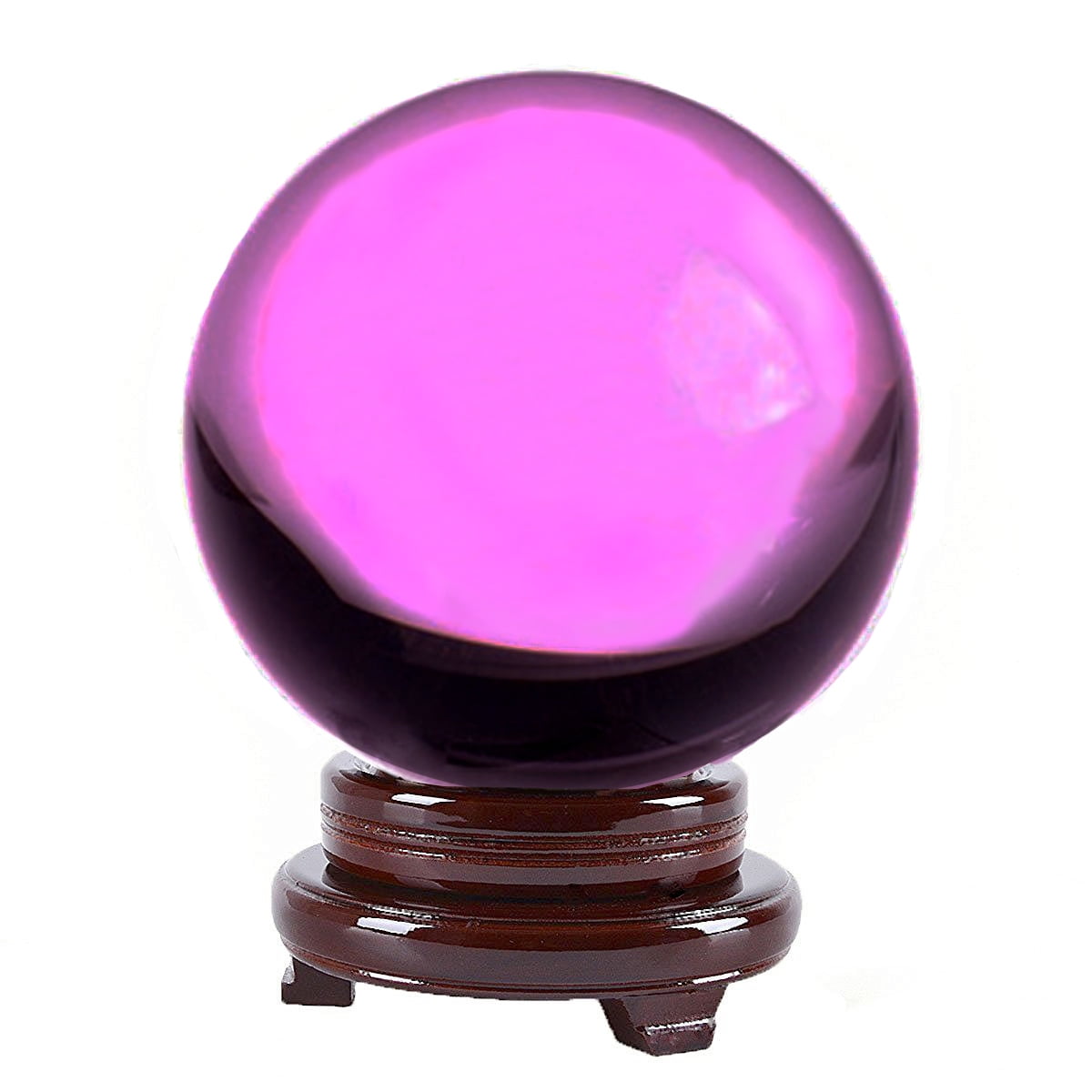

Sources: National Center for Education Statistics’ Digest of Education Statistics U.S. Italics indicates when 2 or more states are tied in a certain ranking. Notes: Parentheses in far right column indicate where the state ranked in the composite ranking back in 2019. Table 1: Ranking of states by certain demographic characteristics The number in parentheses refers to the ranking of that state when I ran a similar calculation for Governing magazine in 2019 the rankings from 20 are not dramatically different. The column on the far right shows the combined rating. Table 1 shows the rankings for the 3 demographic indicators - percentage of residents 25 or older with a bachelor’s degree, percentage of white residents, and urbanization. Spoiler alert: With a handful of exceptions, the top half of the list voted Republican in the 2020 presidential race, while the bottom half of the list voted Democratic. The states that ranked closer to 1 offered more friendly demographics for the GOP, while the states closer to 50 offered demographics more friendly to the Democrats.

Once we had all 3 rankings in hand, we simply added together the rankings for each state, then rank-ordered that composite score for the states from 1 to 50.

For the urban-rural measurement, the least urban state was ranked 1, while the most urban state was ranked 50. For the racial measurement, the whitest state was ranked 1, while the least-white state was ranked 50. Specifically, the state with the lowest percentage of residents 25 or over holding a bachelor’s degree was ranked 1, while the state with the highest percentage holding a bachelor’s degree was ranked 50. Census Bureau, and FiveThirtyEight’s urbanization index.įor each of these 3 metrics, we ranked the states on a 1-to-50 scale. To make our calculations, we drew on the most recent education data from the National Center for Education Statistics’ Digest of Education Statistics, the most recent racial data from the U.S. And Democrats, conversely, are performing best among minority voters, those with at least an undergraduate degree, and those who live in or near urban areas. Put simply, Republican candidates now perform strongest among white voters without a college degree, especially if they live in rural areas. What percentage of the state’s residents are white? What percentage of the state’s residents 25 or older have at least a bachelor’s degree? Just how true this has become can be demonstrated by a simple calculation using 3 basic demographic variables.įor all 50 states, we looked at 3 variables that are increasingly linked with partisan voting:

In contemporary politics, demography is destiny. The 3 demographics that help sort the states This suggests that these 3 demographic factors have a strong influence on presidential voting behavior. In both the top (Republican) and bottom (Democratic) halves of our 1-through-50 list, only 5 out of 25 states broke ranks by voting for the presidential candidate who was at odds with the state’s demographic tendencies. When the states are rank-ordered by their composite scores on these 3 measures, the Republican-voting states for the 2020 presidential election cluster on one end of the spectrum, while the Democratic-voting states cluster at the other end, with many battleground states somewhere in the middle. For all 50 states, we looked at 3 variables that are increasingly linked with partisan voting patterns: education level, race, and urbanization. See here for more information about the event. eastern time, and you can watch live at this link. Sabato interviews ABC News’ Jonathan Karl about his new book, Betrayal: The Final Act of the Trump Show. 15 as Center for Politics Director Larry J.


 0 kommentar(er)
0 kommentar(er)
